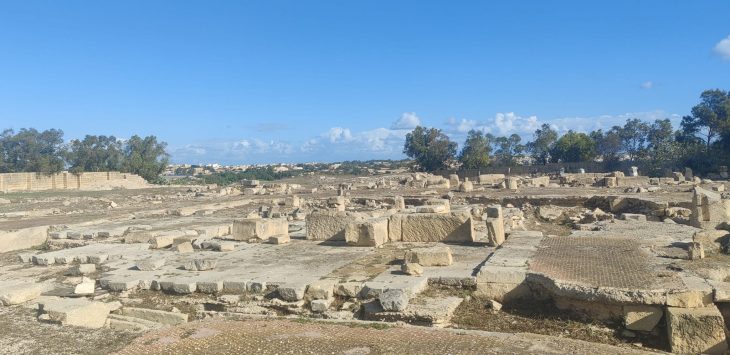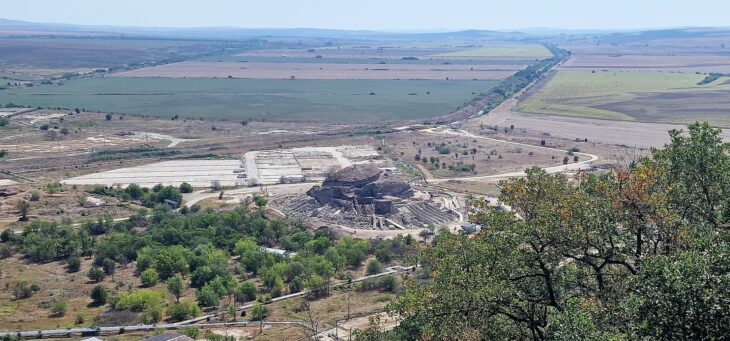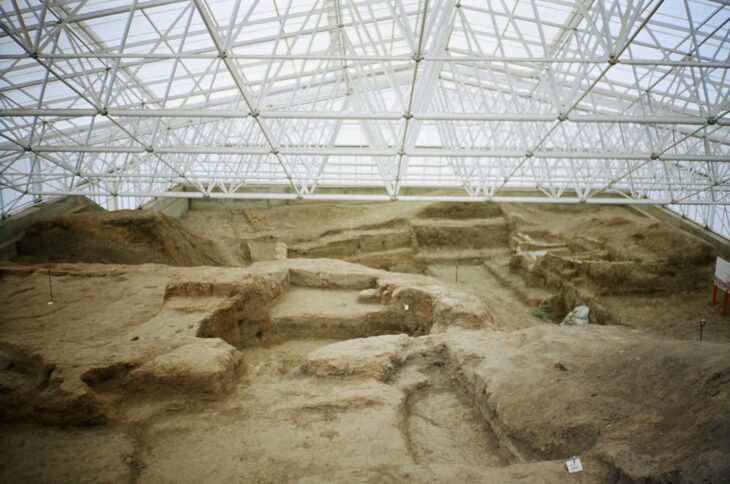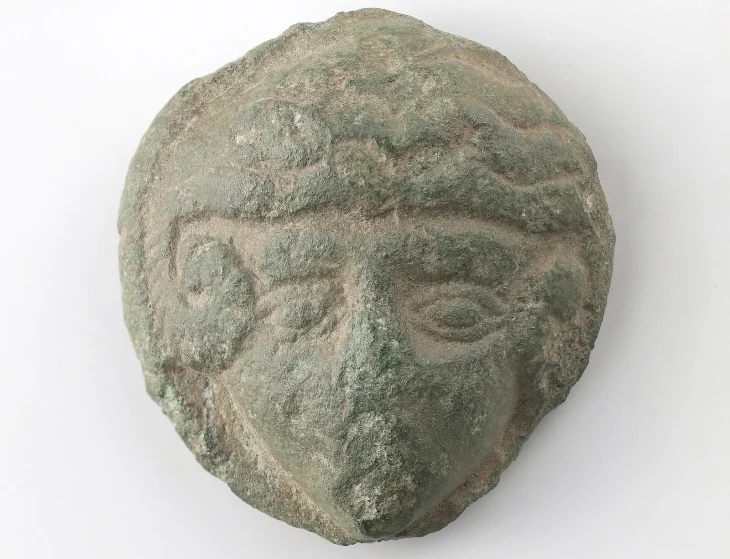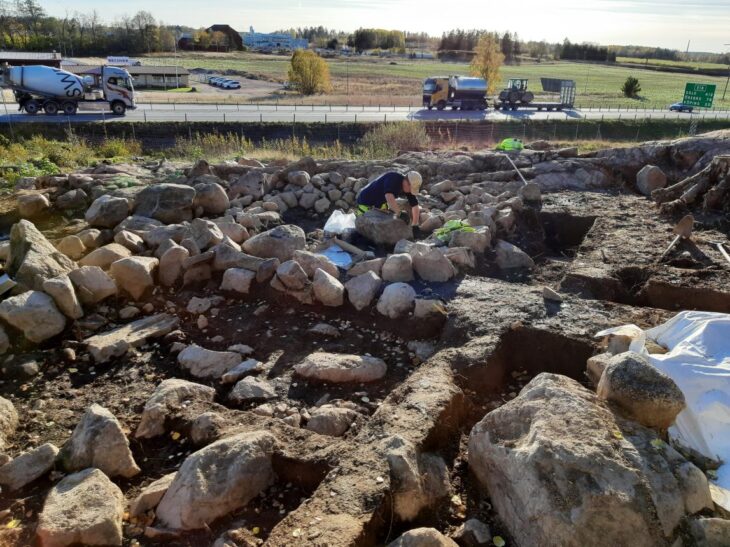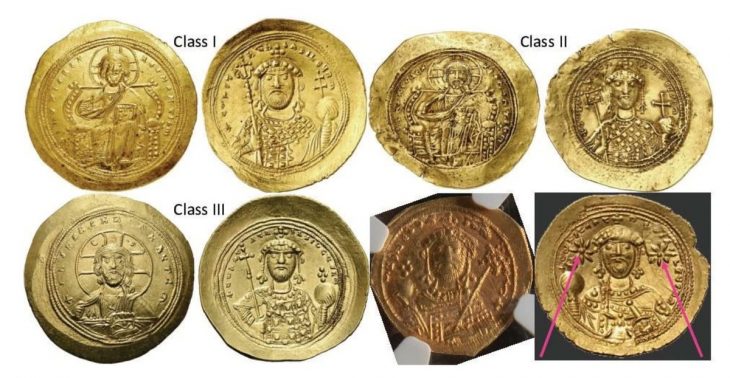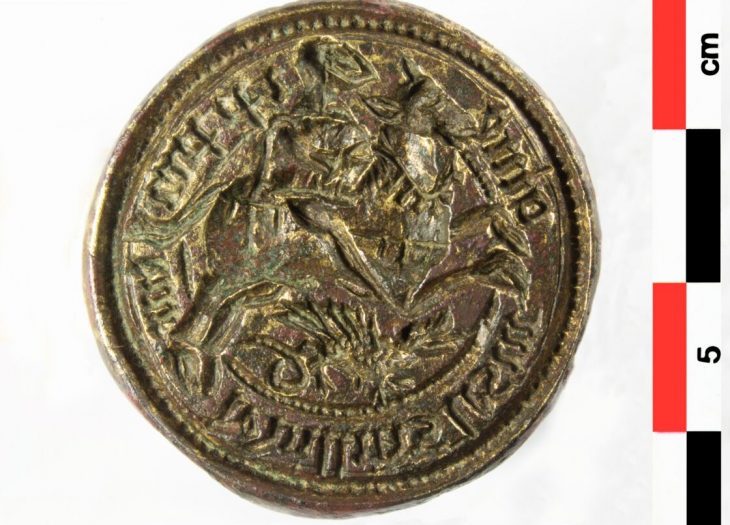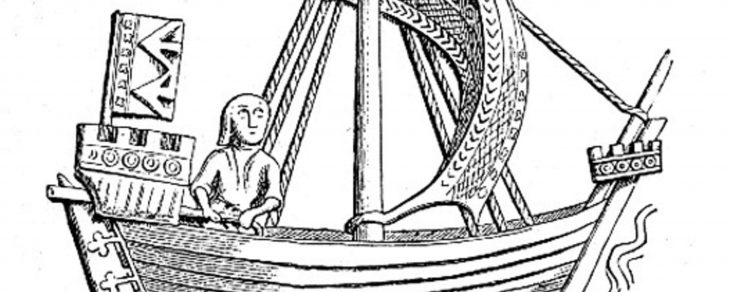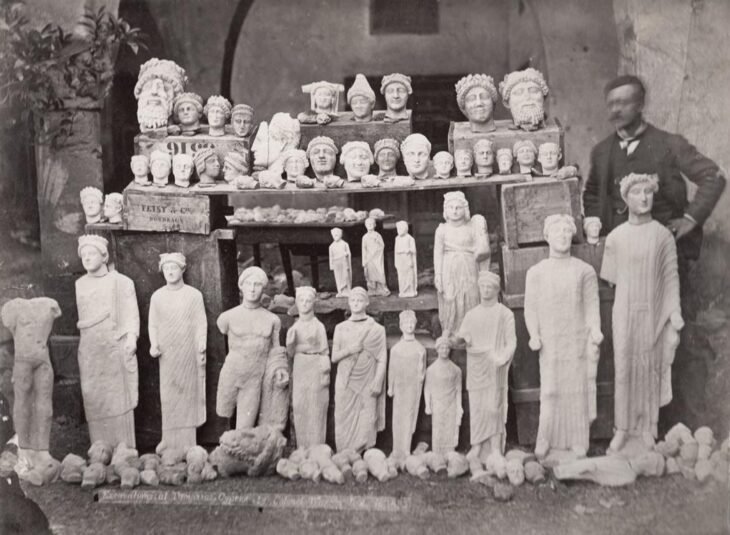Archaeologists have unearthed the ruins of an imposing stoa from the Greco-Roman period in the small village of Tripi in the Messina region of northeastern Sicily.
In Tripi, a small village of just 750 souls in the Messina area, nestled between the Nebrodi and Peloritani mountains, archaeologists have brought to light the remains of an imposing stoa from the Greco-Roman era.
These are remains of an imposing stoà (a long portico) from the Greco-Roman period, characterized by stone blocks and terracing that indicate the presence of a porticoed space typically adjacent to the square or agora. The discovery confirms the location of Abakainon, a city of very ancient origins mentioned by Diodorus Siculus.
Forgotten for centuries, erased from history and maps, the Greek Abakainon, Abacaenum for the Romans, was one of the most important cities in Sicily. Devoted to agriculture and perfectly integrated in the commercial traffic of the time, it ruled over a vast territory stretching from the Tyrrhenian Sea to the slopes of Mount Etna. Abakainon was so influential that he even minted his own coin.
However, its alliance with Carthage and later submission to Rome resulted in its destruction and disappearance. Up until recently, this was the widely accepted narrative. Coins found during recent excavations, however, appear to cast doubt on this widely accepted narrative.
📣 Our WhatsApp channel is now LIVE! Stay up-to-date with the latest news and updates, just click here to follow us on WhatsApp and never miss a thing!!
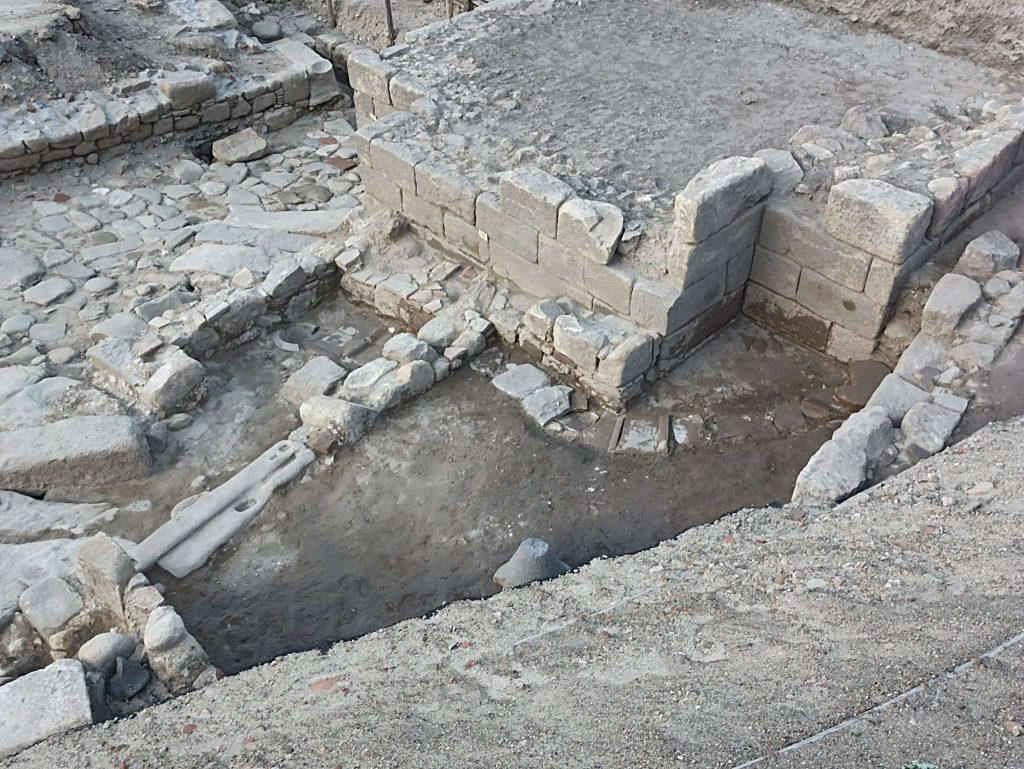
There had been reasonable conjecture regarding the precise location and extent of Abakainon within Tripi since the latter part of the 20th century. The existence of an ancient city of considerable size and wealth has now been unequivocally confirmed by excavation campaigns supported by the current municipal administration, providing new insights into the history of this site.
Every area of Tripi village reflects the historic splendor of Abakainon, from the triumphal entrance encircled by fountains and ceramics to the bar at the center of the old town that serves as a hub for social interaction and the annual summer symposium.
The urban architecture strewn throughout the hamlets of Casale, San Cono, and Campogrande recalls the old town plan, while the castle, a witness to bygone eras and legends, offers breathtaking views of the Aeolian Islands. Prominent necropolises from the late Classical and Hellenistic eras, like Contrada Cardusa, bear witness to the wealth and thriving past of Abakainon.
Early excavations here turned up gold jewelry and exquisite decorations, demonstrating the wealth and taste of the prehistoric occupants. The museum, currently being refunctionalized, preserves these artifacts.
In addition to reclaiming its identity, the village hopes to permanently revitalize its social, economic, and cultural development through the referendum to rename the town Tripi-Abakainon.



